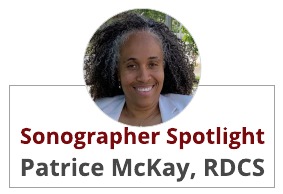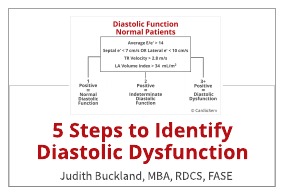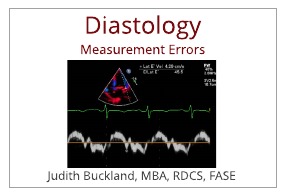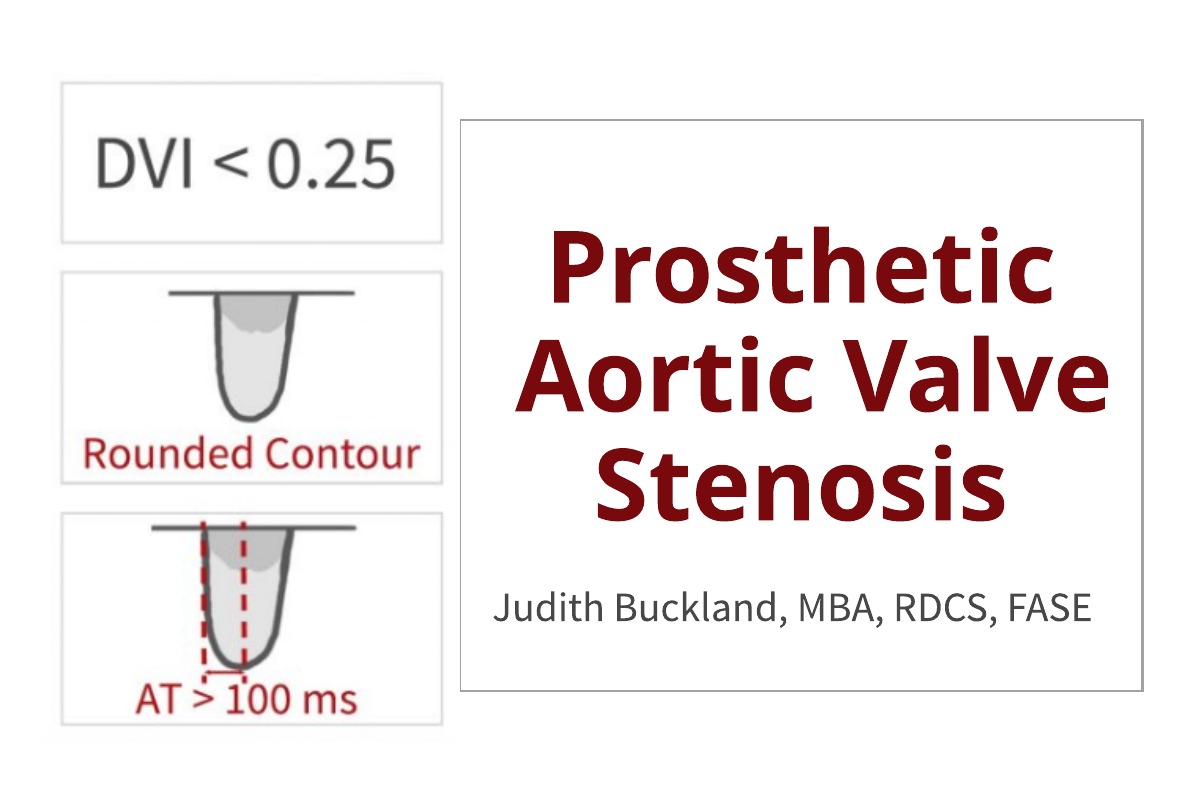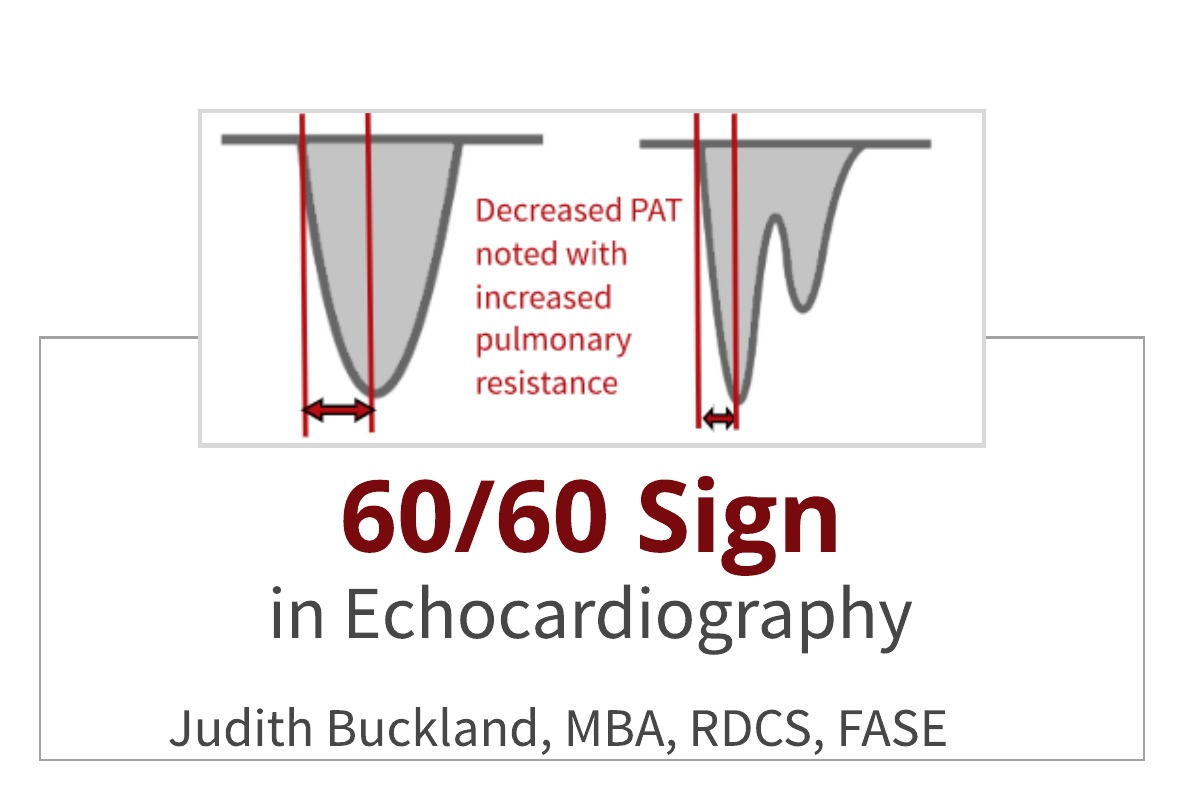Written by Judith Buckland, MBA, RDCS, FASE
This week's guest writer is Patrice McKay. Check out her article on Gerbode's Defect in Echocardiography. As always, we would like for you to learn more about our guest writer. The story of her journey into the world of echocardiography is inspiring and full of the kindness of others. Many...
Written by Judith Buckland, MBA, RDCS, FASE
Last week we reviewed some common errors found when measuring diastolic function. This week we will review 5 steps to identify diastolic dysfunction in echo. Since the Intersocietal Accreditation Commission mandates both the assessment and reporting of diastolic function for echo...
Written by Judith Buckland, MBA, RDCS, FASE
Now that diastology is a mandated part of the scanning protocol for all of our accreditation clients, we are starting to see more diastology measurement errors. We thought that sharing these errors may help others to avoid them. This week, we will review correct tissue Doppler measurement...
Written by Judith Buckland, MBA, RDCS, FASE
We recently reviewed a case during a local hospital quality improvement meeting that required us to assess whether or not there was prosthetic aortic valve stenosis. It was interesting to touch up on the key parameters that should be assessed. This week we will review the key points...
Written by Judith Buckland, MBA, RDCS, FASE
60/60
Echo Sign
Last month we presented Echo in Pulmonary Embolism. One of the echo findings associated with acute pulmonary embolism is the echo 60/60 sign. What is the echo 60/60 sign? This week we will learn the features of the 60/60 sign in echocardiography and its...
 Cardioserv Blog
Cardioserv Blog